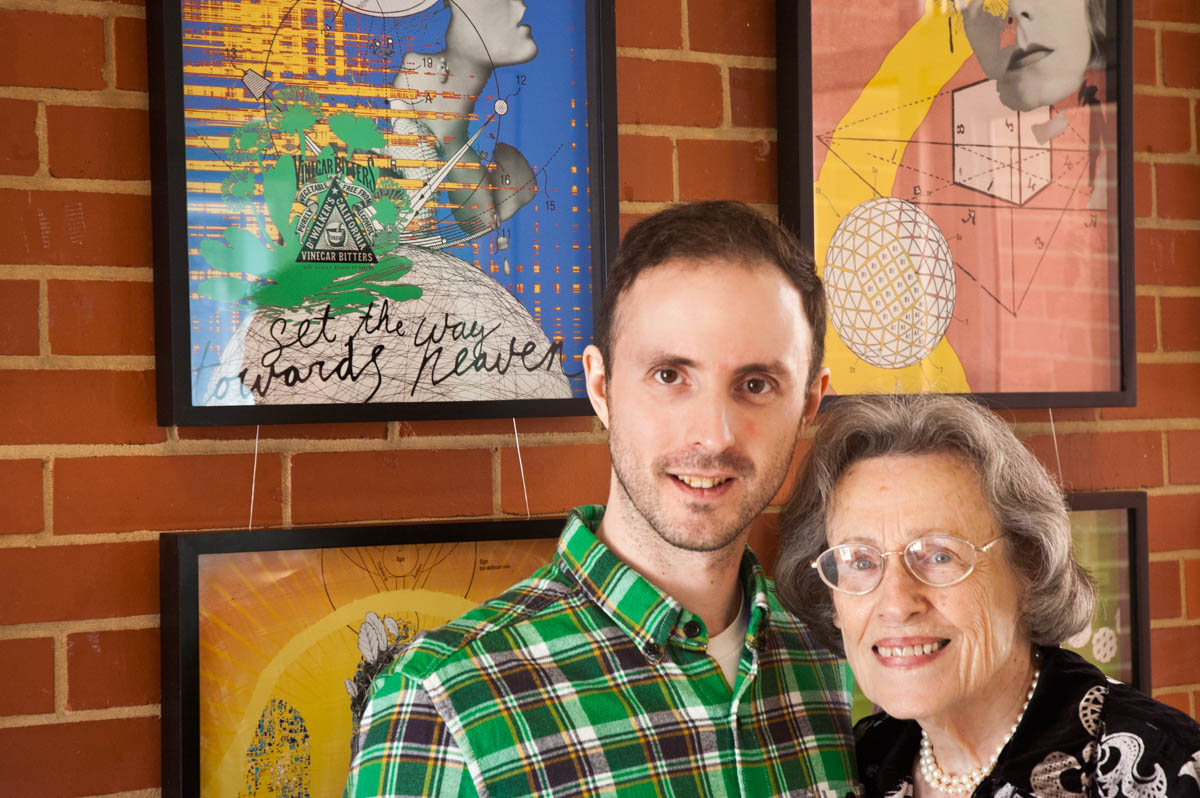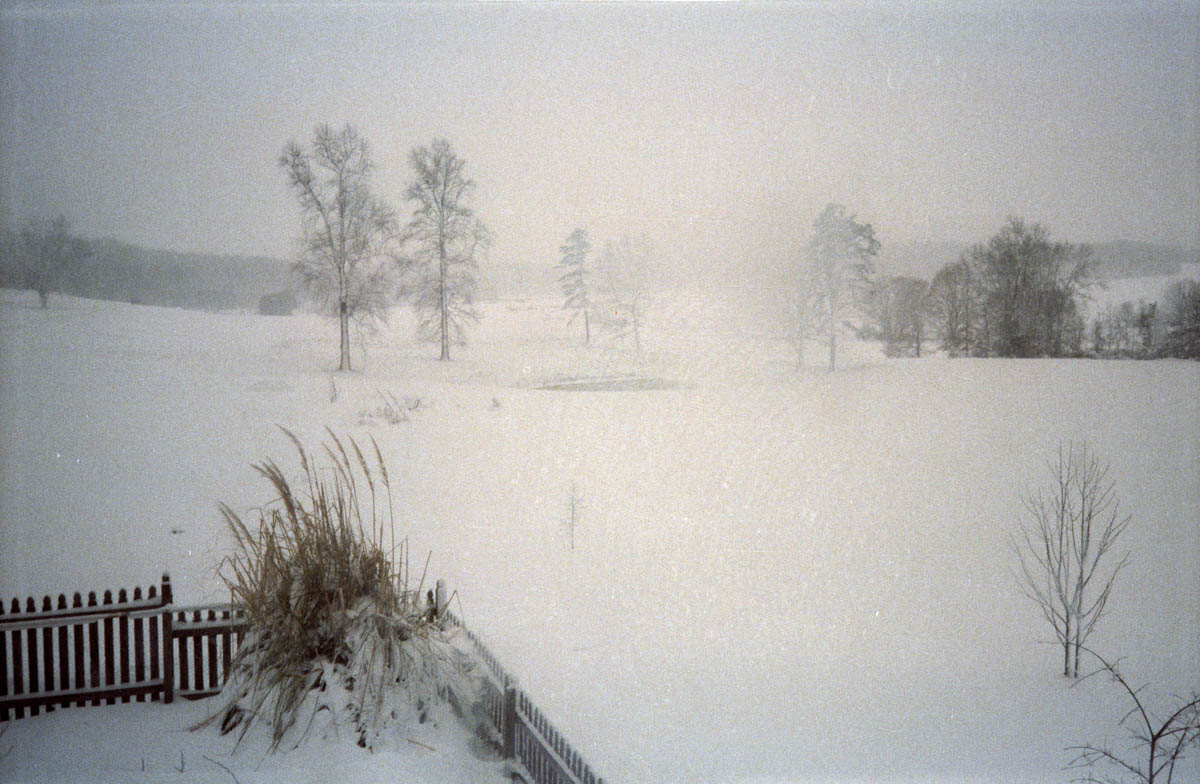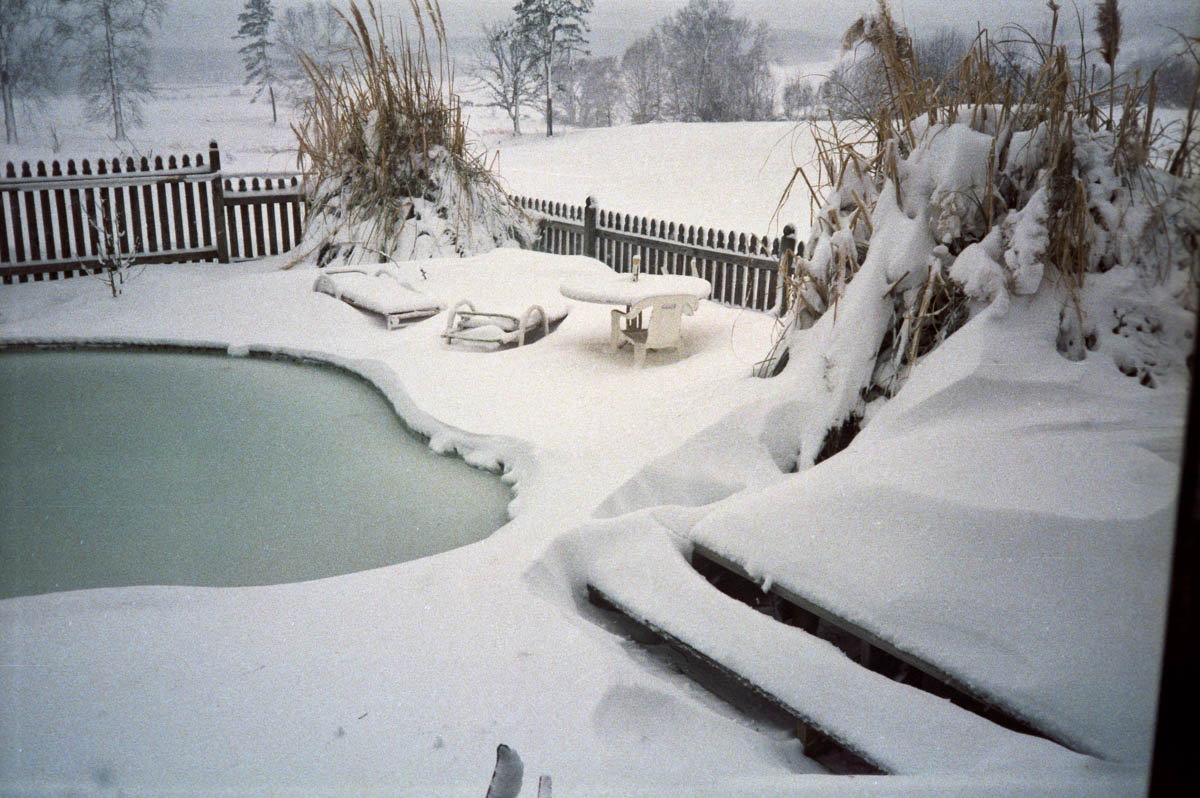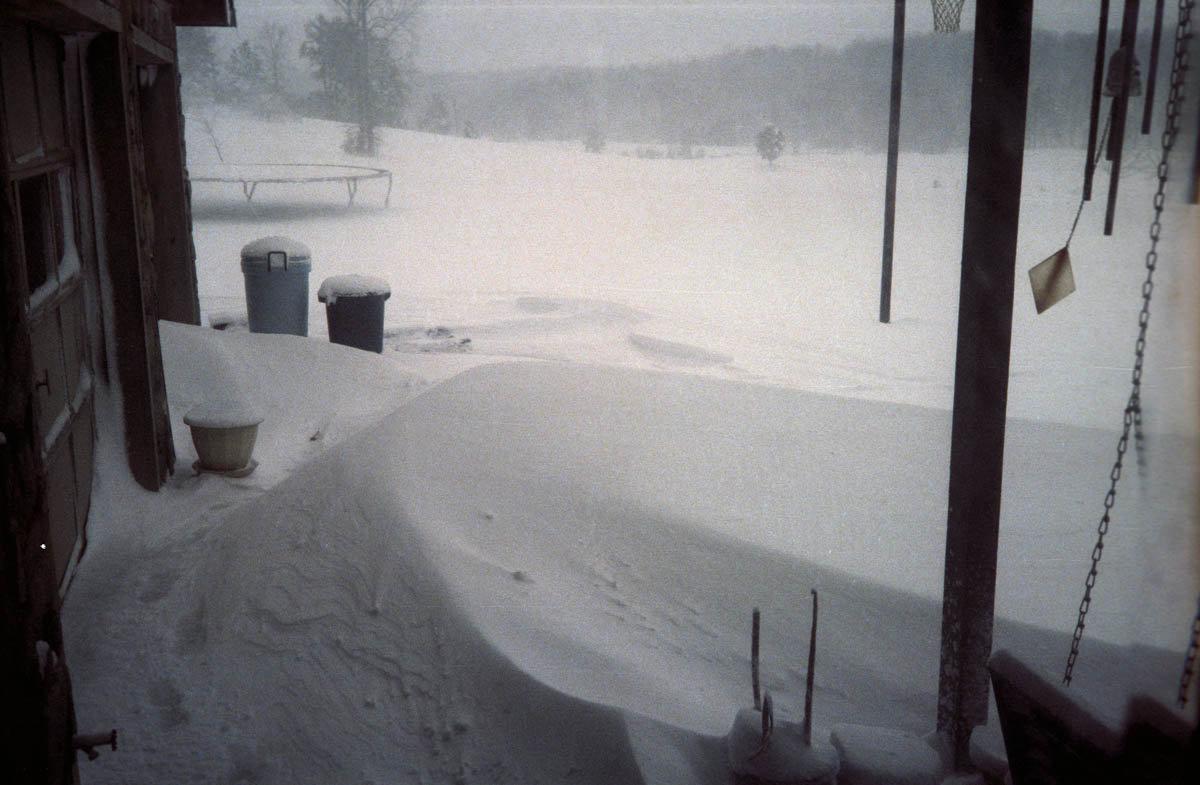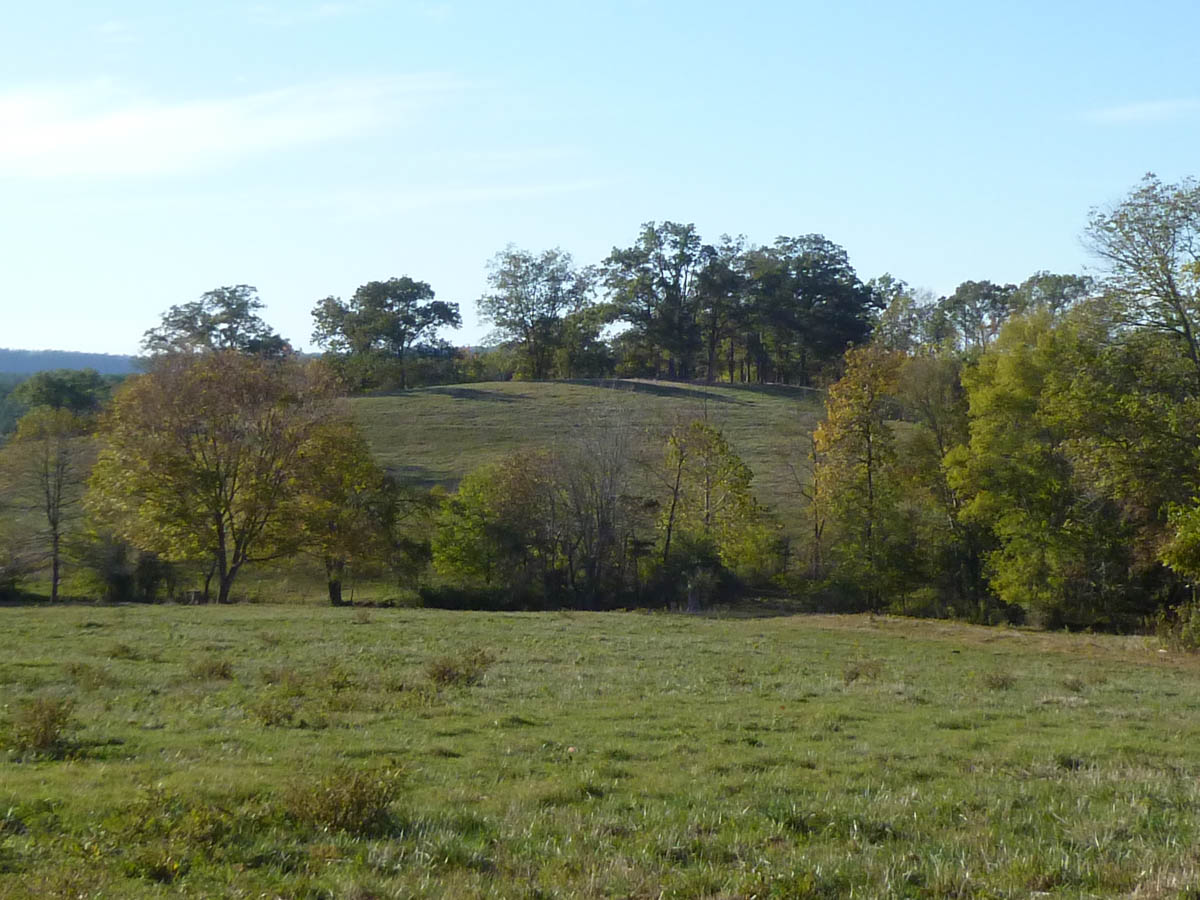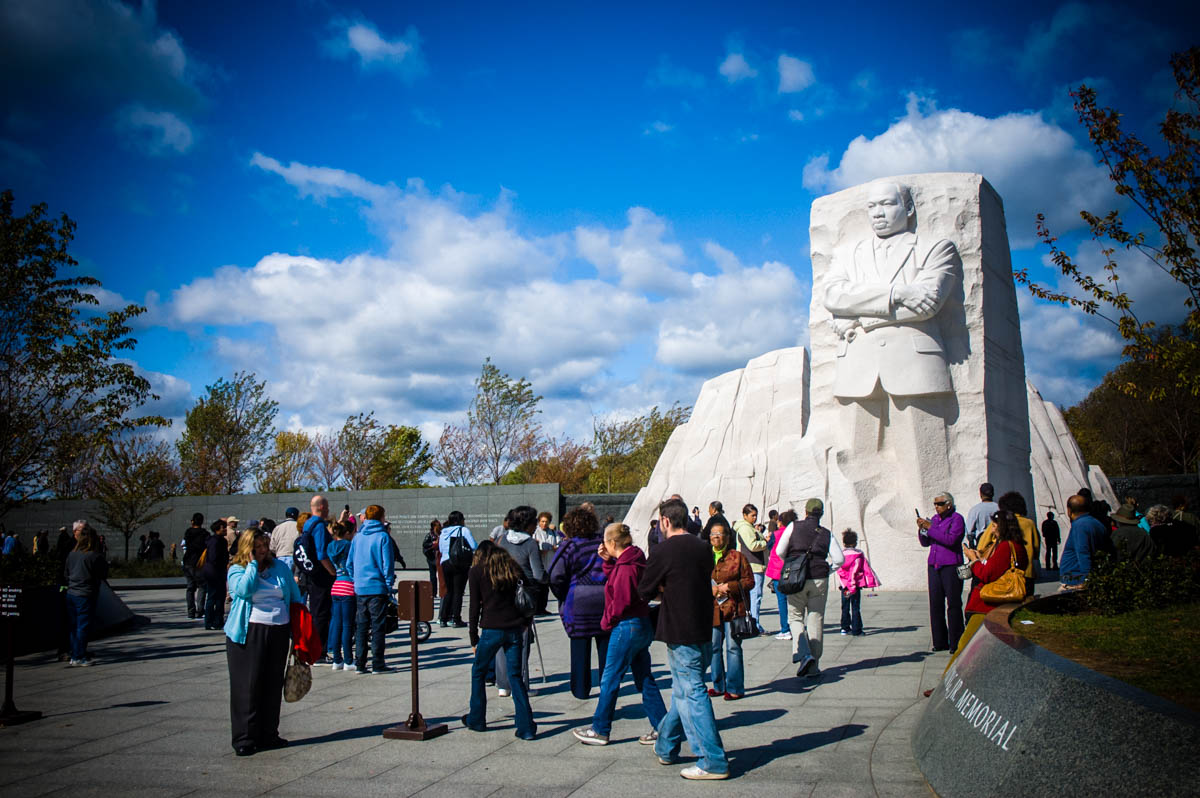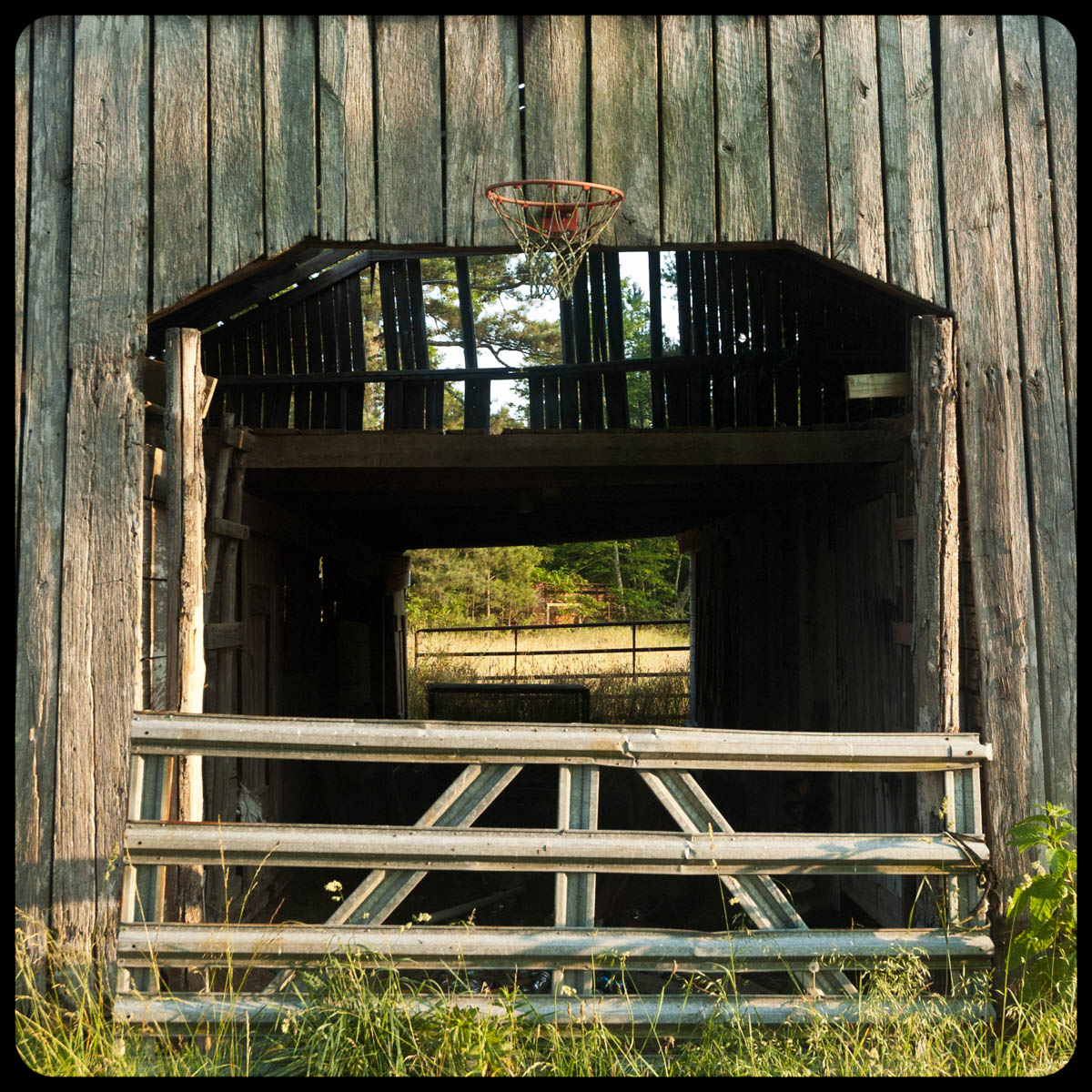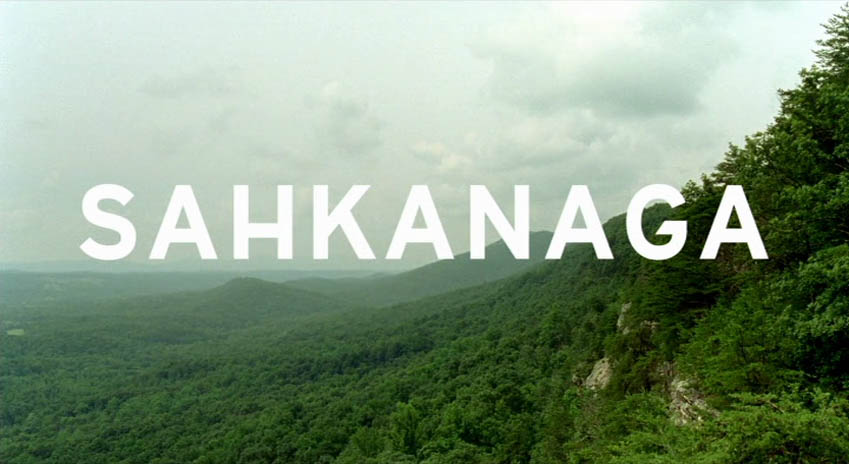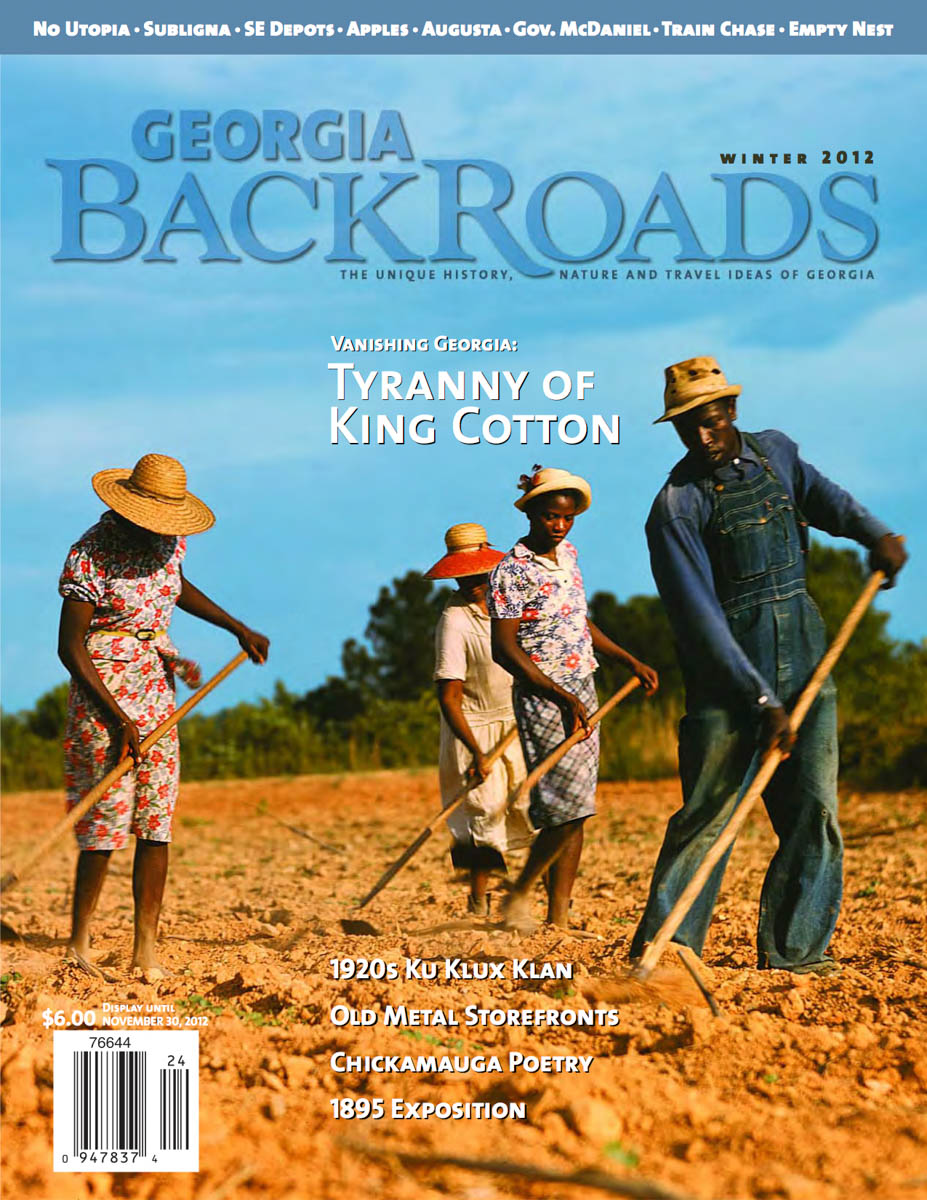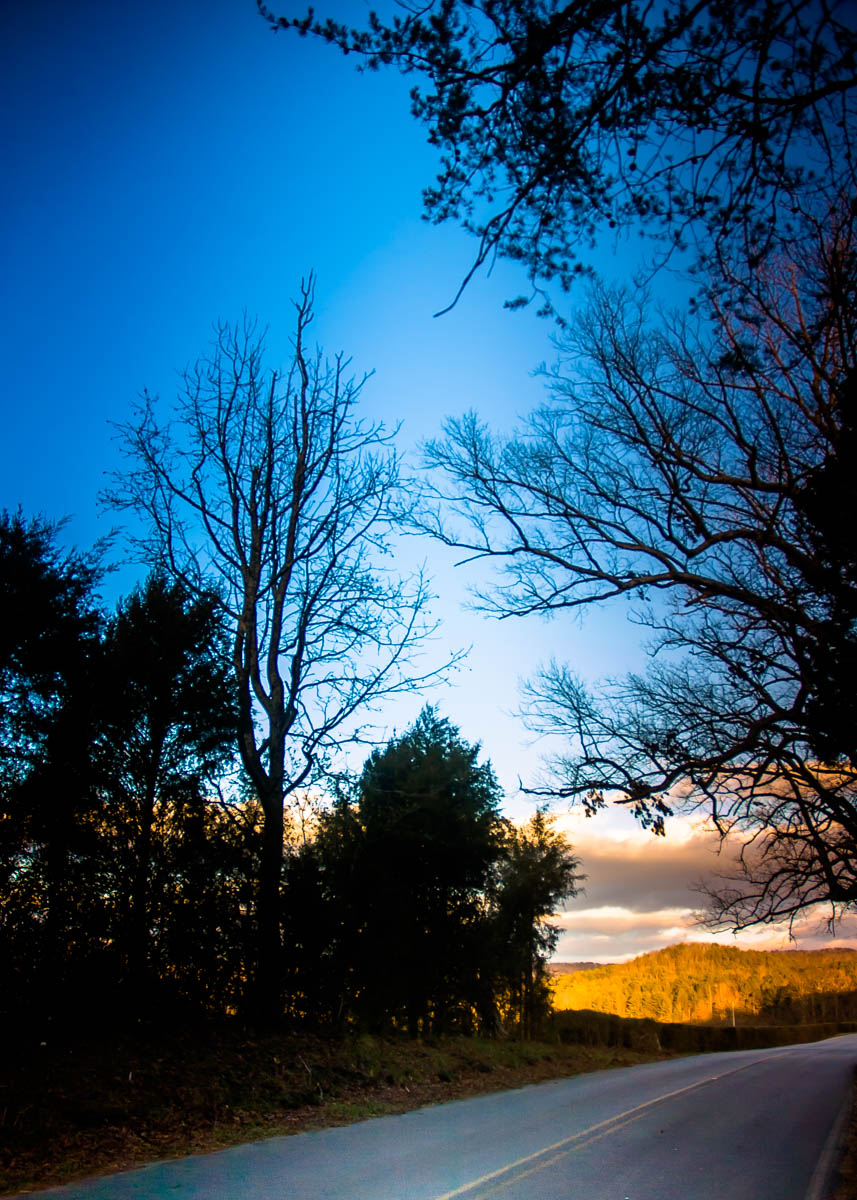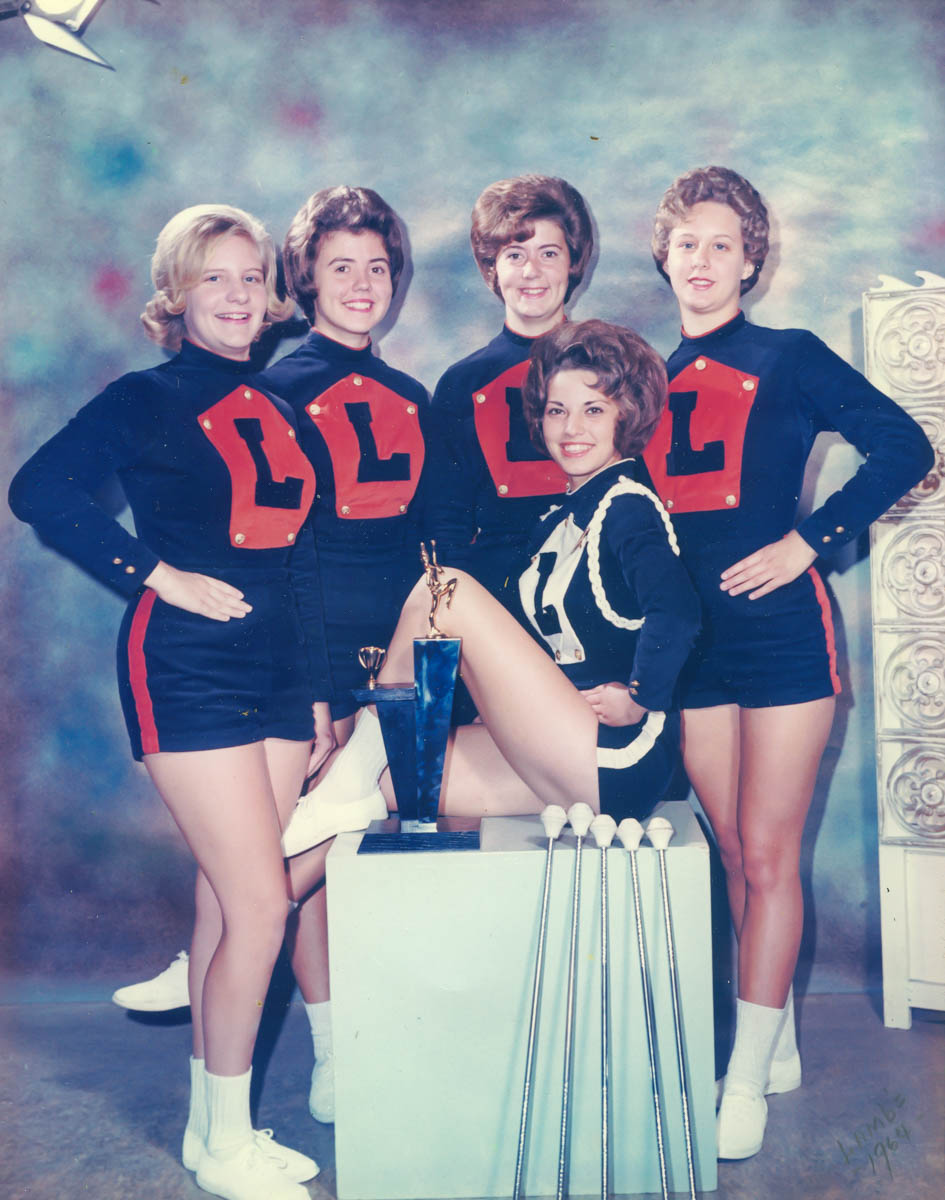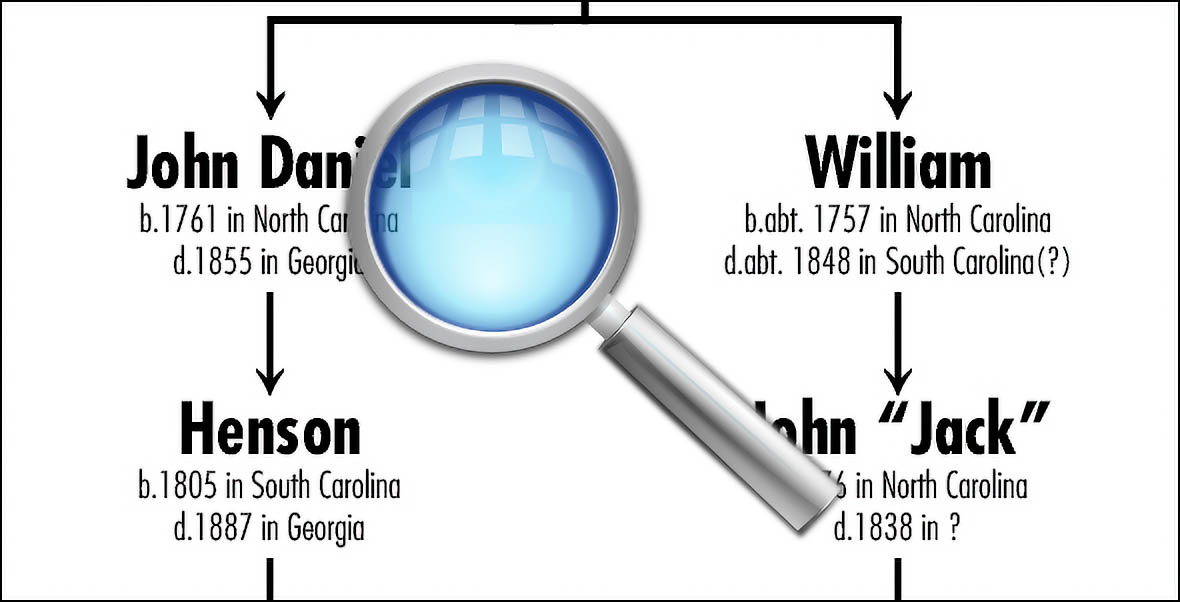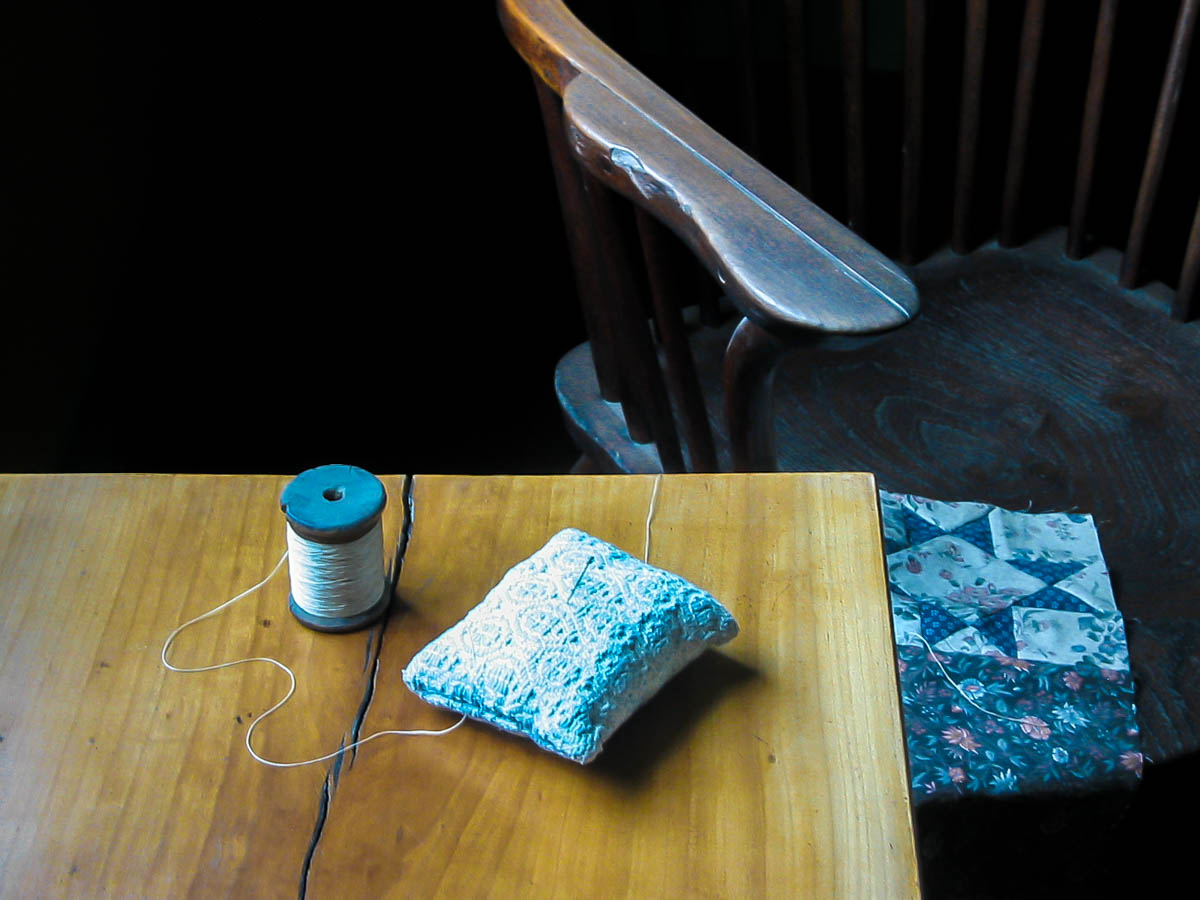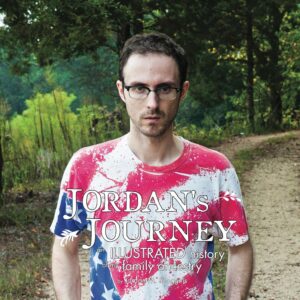All You Need Is Love
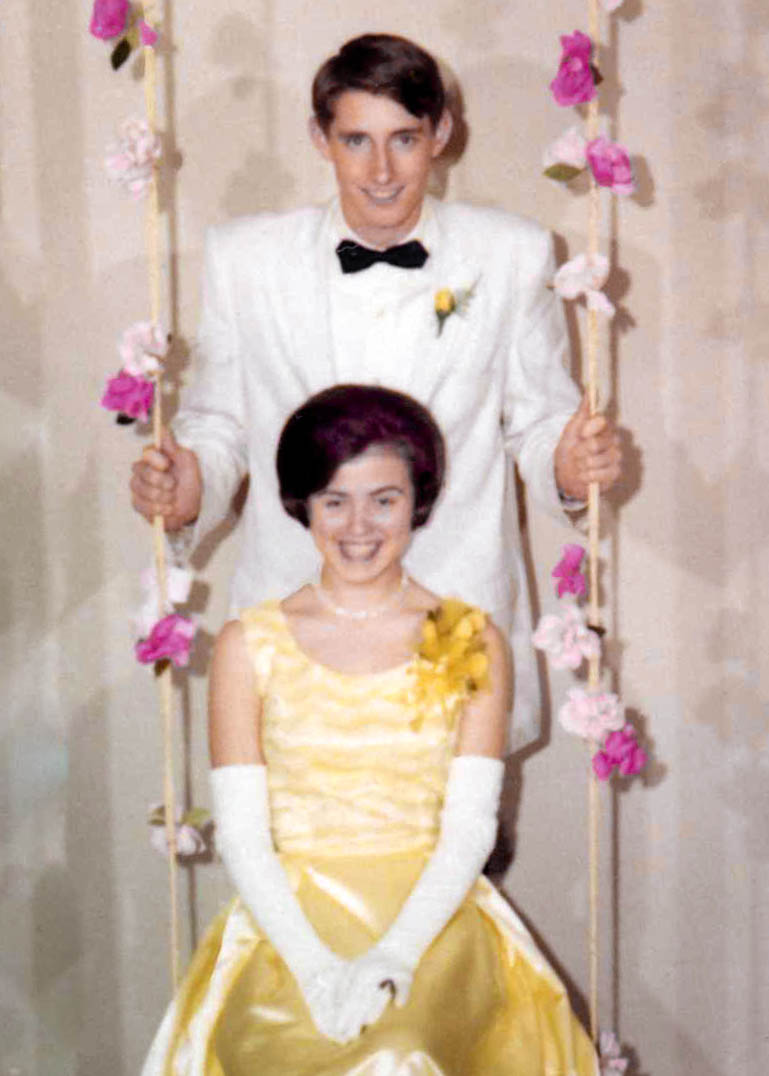
I originally drafted this post for use on Valentine’s Day. But I’ve had my head buried in so many projects this year (beyond Jordan’s Journey) that the writing and research simply didn’t get done in time. Rather than wait until next year, I thought I would finish this and post it now. After all, every day is a day to celebrate love, not just Valentine’s Day, right?
When it comes to genealogy, I’ve often wondered about my ancestors… what were their romances like? How did couples court each other “back in the day?” In our age of speed dating and online matchmaking, things look pretty different for us than they did for our ancestors. Unfortunately, our research often doesn’t shed any light on these questions.
Or does it?
Studying the pages of old local newspapers gives us a few clues here…
News reports of social visits often foreshadowed marriages. An item in the Summerville News from 14 Jun 1893 notes, “T.H. [Thomas Henry] Scoggins spent last Sunday evening at B.F. Dunaways” (Grigsby). It’s such a simple sentence, and it’s funny to think it was newsworthy. But people back then were just as interested in each other’s going-ons as we are today. Why do you think Facebook is so popular?
Thomas Henry Scoggins was the son of Thomas Newton Scoggins and Evaline Clarissa Lawrence and the grandson of William Delaney Scoggins (my 3rd great-grandfather). Less than a year after spending Sunday with the Dunaways–no doubt courting B.F.’s daughter–Thomas Scoggins married Etna Dunaway on 3 Nov 1894. This romance ends in tragedy as Etna’s obituary marks her death on Christmas Day, 1895, leaving Thomas behind with an infant daughter (Grigsby).
Read More
